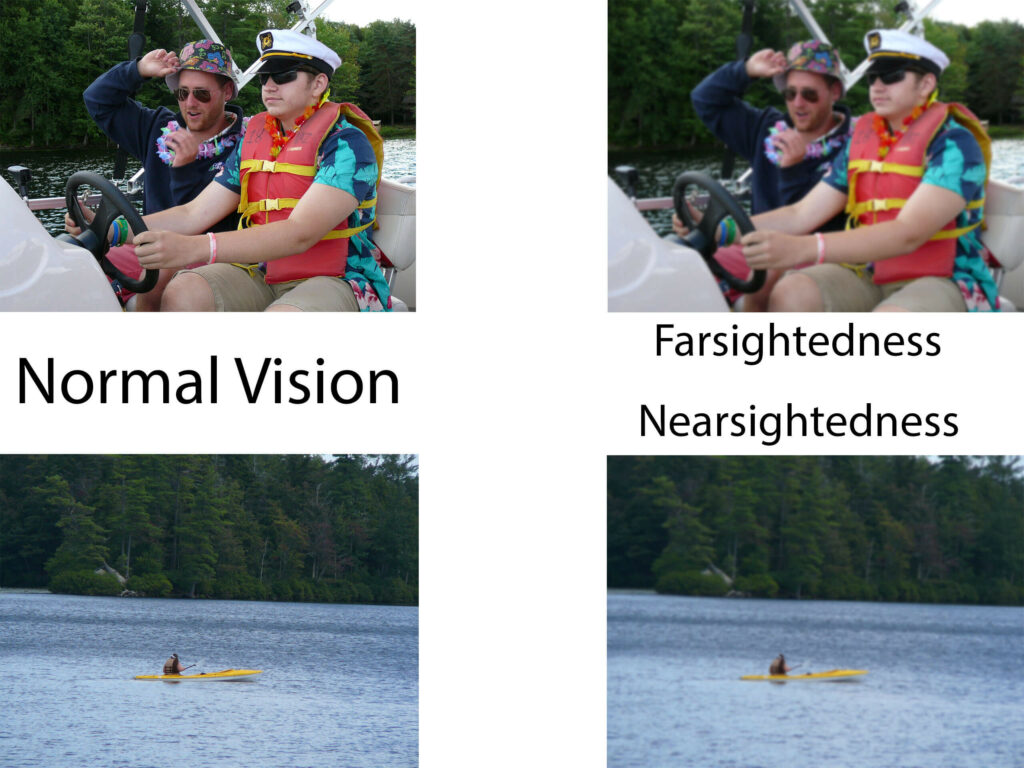
Unlike Most Eye Disorders, This One Can be Corrected
How Do We See?
Light. It is how we see. Without it, our vision would be nonexistent. When light enters the eye, it is refracted (bent) to provide a precise point of focus and, for 20/20 vision, the focus point must be on the retina. Light enters the photoreceptors, which is where light-sensitive cells capture images, and the images are then transmitted through the optic nerve to the brain for interpretation.
Types of Refractive Errors
Four common errors are associated with the disorder:
Myopia – Nearsightedness is when you encounter blurriness at a distance. Light is in focus in the front of the retina, opposed to on it.
Hyperopia – Farsightedness is when you experience blurriness close up. If this is a strong error, the individual will see blurriness from near or far.
Presbyopia – This occurs as you age and it will affect the way the eye is able to change the shape of the light. An individual will have trouble focusing on close objects.
Astigmatism – General focus problems caused by the cornea and it occurs when light is not evenly focused on the retina.
Causes and Detection
Our eyes are like a camera, if the lens is not clear and does not have adequate light, then the picture will be blurry and dull. More often than not, refractive errors are hereditary or they progressively form due to aging. If you start to experience vision problems, such as double vision, headaches, eyestrain, squinting, and haziness, a comprehensive eye exam is the only way to discover what the exact issue is.
Treatment
Unlike most vision disorders, refractive errors can be corrected. The two most common solutions are eyeglasses and contact lenses. Even though these will not offer a permanent solution to the error, they will, however, provide you with corrected vision for a long period of time. The third option that is available to an individual is refractive surgery. If your refractive error continues to get worse, surgery will correct the errors by changing the shape of the cornea. This will assist light in bending accurately and provide the individual with a more accurate point of focus.
